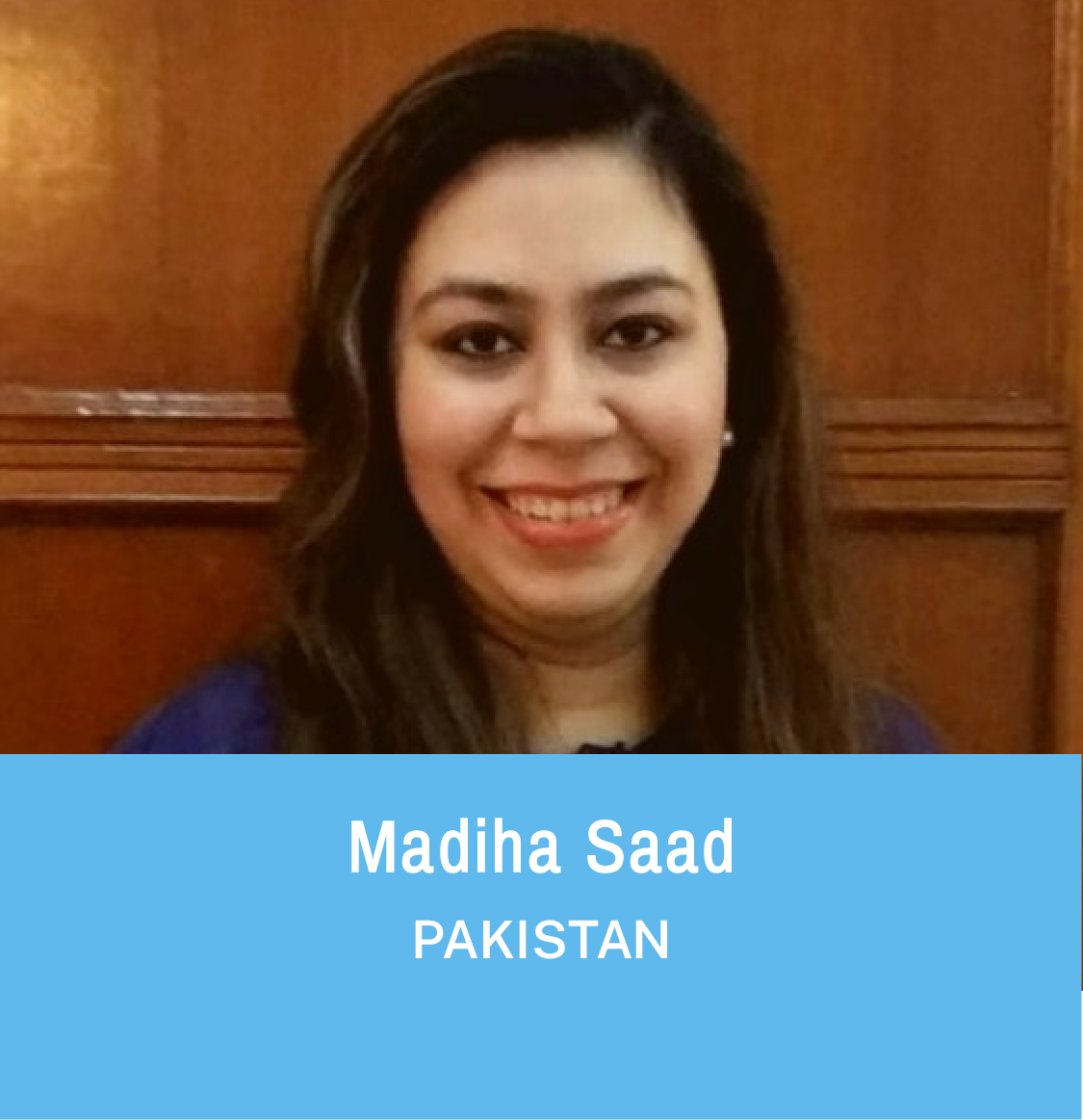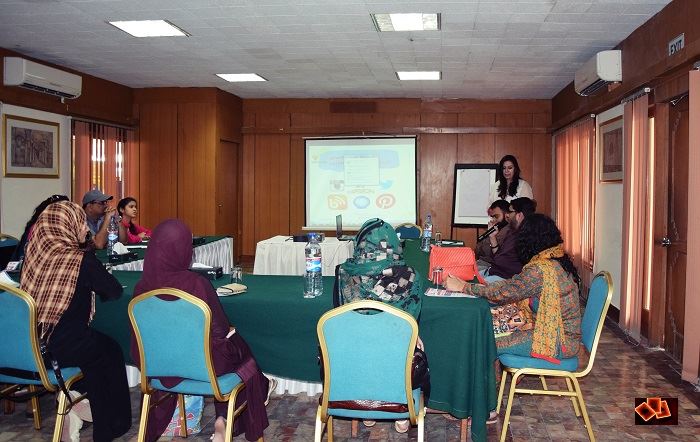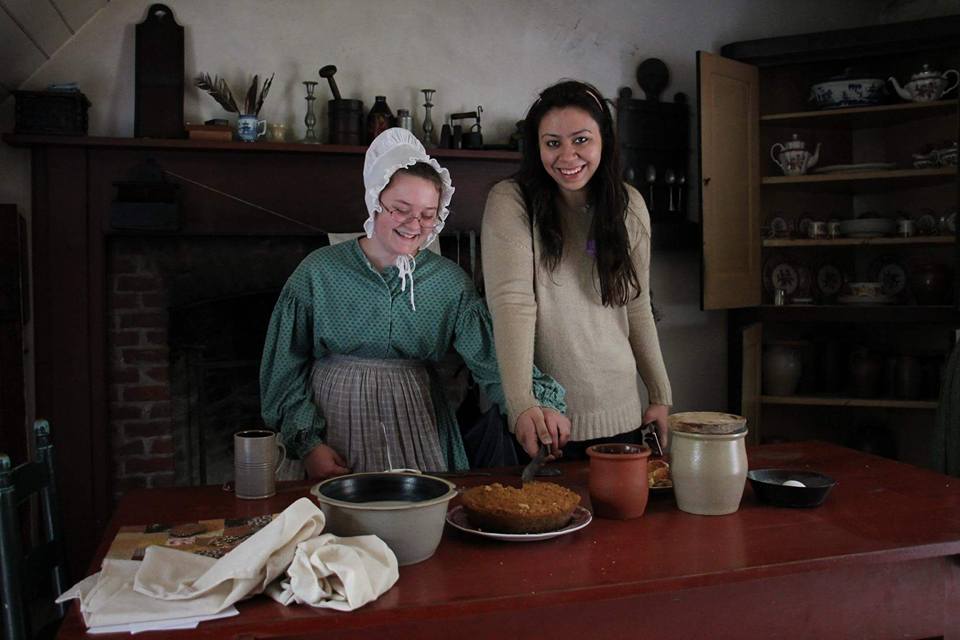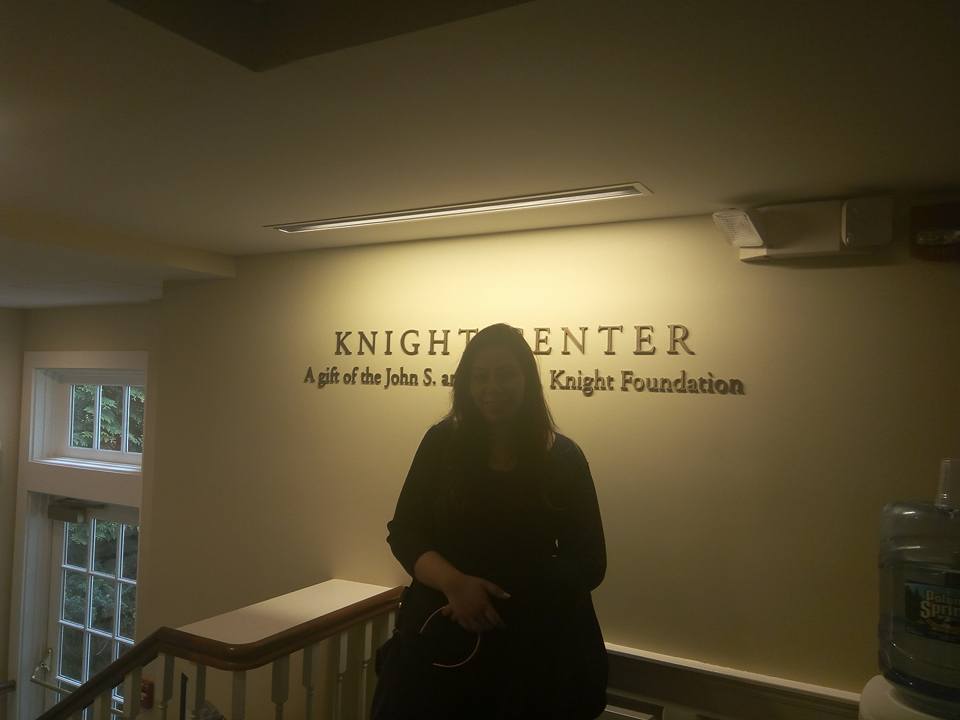Search
-
Patricia Spadaro
First Name
PatriciaParticipant Headshot

Short Biography

Content created by Virtual Intern Nini Vo
Patricia Spadaro, a courageous journalist, was the editor in chief for El Nacional, Venezuela's largest national newspaper, until its final printed edition in 2018. The paper stopped issuing a printed edition due to the high cost of supplies. Referring to the media situation in her home country, Spadaro says, "Social media has now taken the place of traditional news outlets due to the current information blackout."
In 2000, Spadaro joined a group of Latin American journalists to participate in the International Visitor Leadership Program (IVLP) project titled "The Role of the Media in a Free and Democratic Society." During her IVLP, Spadaro visited several newsrooms, including the Washington Post, the Oregonian, and CNN, and discussed the importance of local journalism, the decline of printed media, and the evolving digital era.
Spadaro says, "The exchange between the U.S and Latin American colleagues enriched our understanding of the challenges journalism was facing at the moment." In 2018, Spadaro returned to the United States through an invitation from the Center for Strategic and International Studies (CSIS) to share direct experiences of oppression and limitations on press freedom in Venezuela.
As an advocate for freedom of the press and speech, Patricia Spadaro continues her efforts to keep Venezuelans informed through her current work with Reporte Ya, a prominent citizen-based journalism network.
Edited by Virtual Interns Regina Navarro-Gomez and Kristin Mitra
Media Links
Home Country
Last name
SpadaroIVLP Alumni
-
Kamel Daoud
First Name
KamelParticipant Headshot

Short Biography

Content created by Virtual Intern Kristin Mitra
An Algerian journalist and writer, Kamel Daoud's contributions to literature and journalism have made a significant impact on Algerian cultural awareness. In 1996, Daoud began writing for Le Quotidien d'Oran, a French-language Algerian daily paper, and has also contributed to the New York Times.
Daoud's 2005 visit to the United States for the International Visitor Leadership Program (IVLP) changed the way he looked at journalism. "This trip made me think about how I write and how to change things in my country." As a current affairs reporter, he realized that he needed to consider all points of view in his reporting. He became more aware of the distinction between opinion and information, which liberated him as a columnist and allowed him to distinguish, at times, the challenges of journalism in Algeria.
During his IVLP Daoud also learned more about the American political system; it was much more complex that he had realized. Being from a generation directly influenced by the propaganda and ideology of pan-Arabism, his IVLP experience taught him to conceptualize the idea of "the Other," a point of view that he had not previously incorporated into his work. When he arrived to the United States, he realized that his preconceived notions of what an American looked like were false. Daoud describes his prior worldview as being distinctly Franco-Algerian: "Algerians perceive the West through France and decipher it through French culture or colonial trauma." In his current work as an opinion columnist, he helps Algerians try to understand the world from all perspectives.
Kamel Daoud is a popular columnist who works to break down stereotypes and expand the worldview of the Algerian public.
Edited by Virtual Interns Regina Navarro-Gomez and Kristin Mitra
Home Country
Last name
DaoudIVLP Alumni
-
Edward R. Murrow Program for Journalists

Watch the video to learn more about the Edward R. Murrow Program for Journalists. Journalists talk about their experience.
-
Professional Fellows

A group of 225 fellows from 31 countries arrived in Washington, D.C. to participate in the the Professional Fellows Congress which took place May 3-4, 2011 at the Renaissance Hotel in Arlington, Virginia.
-
Madiha Saad
First Name
MadihaParticipant Headshot

Short Biography
Content created by Virtual Intern Nayantara Arora
Madiha Saad is a Pakistani leader, activist, and educator who fights against patriarchal injustices through journalism and digital media. As a journalist, she primarily freelances for newspapers and writes articles focused on women and education. Saad is also an alumnus of the Thomson Reuters Foundation, an examiner and teacher for the International Baccalaureate diploma program, and has served as a journalism instructor at a leading university in Karachi.
In March 2016, Saad traveled to the United States for an International Visitor Leadership Program (IVLP), focused on "Media Literacy- Promoting Civil Society through New Media." Her time spent in diverse cities allowed her to understand the impact of new social media trends and explore the role that digital technologies play in activism, campaigning, and promoting the development of civil society. "Our collective experience of foreign culture and our enriching exposure to the state-of-art innovations in media and technology...made our IVLP journey extraordinary," said Saad.
After her IVLP, Saad used her knowledge of digital technologies to host workshops for teachers, plan campaigns, and write articles on the social inequalities faced by women in Pakistan. She has helped introduce the concept of "solutions journalism" to her colleagues in Pakistan.
Madiha Saad's continuous dedication to promoting women's education through journalism in Pakistan has made her an equality and education leader.
Content edited by Sallie Bestul, Regina Navarro-Gomez, and Jenna Williams
Blog Post
Blog
IVLP Media Literacy: a truly enriching and unforgettable experience by Madiha Saad
My selection and participation in IVLP Media Literacy: Promoting Civil Society through New Media marks an important milestone in my life. The experience was phenomenal and enriching as it brought together participants from 21 countries and set them on a journey of exploration and evolution in terms of their perception of civil society and ways in which it can possibly benefit from the rapidly changing digital landscape.
It is because of this diversity of backgrounds that we all hailed from, our collective experience of a foreign culture, and our enriching exposure to the state-of-art innovations in media and technology, that made our IVLP journey extraordinary.
The three-week program started with our arrival at Washington D.C and focused on multimedia approaches to journalism and digital activism; the highlight of which was our enlightening sessions with Lily Ciric Hofman (award-winning multimedia journalist) and Nick DeSarno (Director of Digital and Policy Communications) centered around multimedia storytelling, political campaigning and federal approaches to utilizing new media. I remember being awestruck after these sessions that gave me insights that not only helped shape my understanding of the challenges and opportunities of the digital landscape in the US but also the challenges back at home.
Then, as we traveled across the country, from New York to Boston, Boston to Indianapolis (some groups also traveled to Utah and Kansas City), we continued to explore how digital media was used to build authentic news experiences, efficient government transparency, and active public advocacy. It was exciting to witness the media and civil institutions relentlessly exploring ways to use new media to build a stronger and more active society, empowering people to make informed decisions regarding their social and political choices, and mustering their collective strength to work for the benefit of the entire nation.In terms of exposure to novel experiences, our time at MIT (Center for Civic Media) with Ethan Zuckerman, and RYOT, Huffington post was most fascinating and enriching. It educated us on ways to assess media impact on civil society and showcased advancements in immersive journalism, something which was then unheard of in Pakistan.
Apart from our academic and practical learnings, there’s a lot more we learned about operating in a different culture, interacting with each other and the local communities.It also brought to focus the commonality of human emotions and shared experiences instead of aspects that divide us. With respect to this, our visit to the Indiana State Museum and Historic Sites was remarkable; it was a walk through the history of the US, its agrarian past, its native cultures and freedom struggles. I believe the experience strengthened my bond with the culture and history of the US more than anything as I felt connected to the country’s past which greatly helped me understand its present hopes and fears.
The home hospitality was another memorable highlight of the visit. It was for the first time that we were invited into a local household, where the hosts had made generous arrangements to indulge and entertain us. More than their generosity, the intimacy of the experience made it all so delightful. As a group, we were most comfortable with each other, celebrating our differences and cherishing the similarities; and in a short time, became lifelong friends. These humbling and exciting experiences will forever remain a part of me and I will continue to use them as a means to promote the idea of global citizenship and peace.
Photo







Media Links
Home Country
Last name
SaadIVLP Alumni
-
Crowd Sourcing to Promote Transparency in the Baltics
Crowd Sourcing to Promote Transparency in the Baltics
-
Paying It Forward
Grace Chirumanzu, a wife, mother of two, and sports journalist from Zimbabwe, grew up loving sports—playing volleyball, cricket, and soccer while in high school.
-
Murrow Program Gives International Journalists Close Look at American Media
The Murrow Program gives emerging media professionals from around the world the opportunity to examine rights and responsibilities of the free press in a democracy.
-
The Courage to Tell the Story: Murrow Program at 10 Years

Each year, more than 75 journalists from around the world are brought to the United States to explore this ideal and U.S. efforts to maintain and encourage such freedom of expression through the Edward R. Murrow Program for Journalists.

